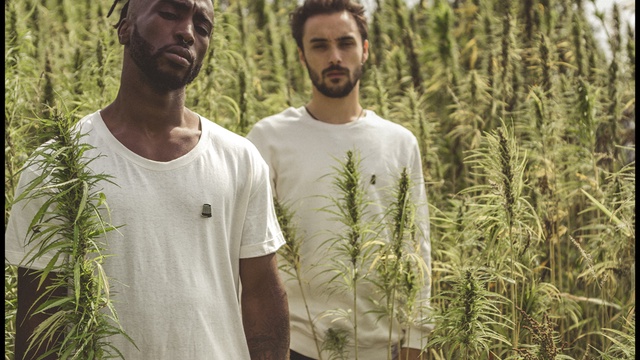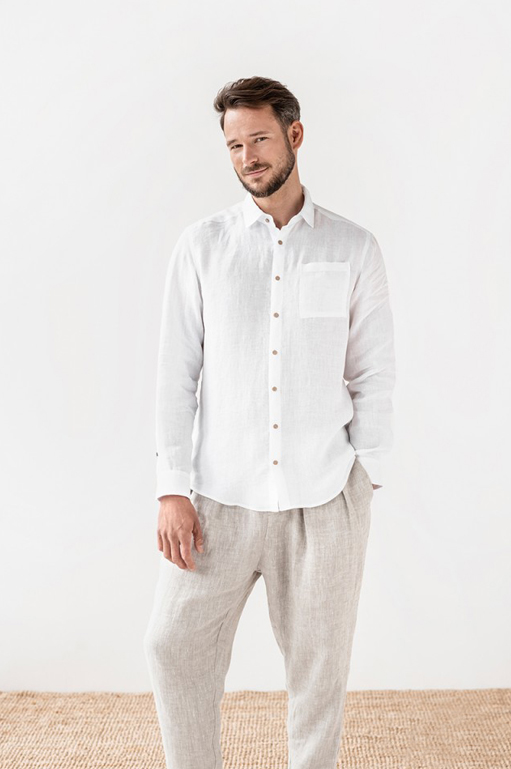Great Suggestions For Picking Hemp Clothes
Wiki Article
What Are The Environmental Benefits Of Low-Impact Hemp Clothing?
The hemp clothing made of low-impact fiber offers a variety of environmental benefits over clothing made of other materials. They include synthetic fibers, cotton and traditional cotton. Hemp clothing has many environmental benefits. It is a rapid-growing crop that requires lesser water, pesticides or herbicides than other crops. Hemp thrives in different climates. It also is able to adapt to different soil types.
Hemp usually uses significantly less water compared with conventional cotton. Cotton is renowned for using lots of water. Hemp is a water-efficient option for clothing production.
Hemp can grow without herbicides or pesticides. In many instances this helps reduce the environmental impact of chemical farming.
Soil Health- Hemp cultivation can enhance soil health due to its deep root system which helps prevent compaction and erosion of soil. It also keeps the soil in a better condition to grow future crops.
Biodegradability- Hemp fibers are biodegradable and break down in a natural manner over time, decreasing the environmental burden of textile waste. Synthetic fibers, like polyester, can require up to a hundred years to degrade.
Low Carbon Footprint - Hemp fibers have a less carbon footprint than synthetic materials. Furthermore, hemp is able to capture carbon dioxide from the air as it grows, acting as a carbon sink.
Hemp clothing's durability and longevity are popular. Hemp garments of good quality can last for years. They eliminate the need for replacements, and can also reduce consumption.
Hemp plants are naturally intolerant against pests. This eliminates the requirement for pesticides.
Hemp is an incredibly versatile fabric that can be used to create clothing, bags and accessories.
Regenerative agriculture- Certain sustainable farming methods integrate hemp into systems of regenerative agriculture which aim at restoring and enhancing ecosystems, while also producing plants. It can also have positive impacts on the natural environment.
While hemp offers many environmental benefits, its sustainability is impacted by other aspects, such as the transportation, dyeing and consumer behaviour. Similar to any industry, there are differences in standards and production practices. It is essential to select organic, sustainable or certified organic clothing to get the best environmental benefits. Read the best enquiry on hemp clothing for website recommendations including hemp clothing, hemp pants womens, patagonia island hemp pants, hemp underwear, nomad hemp wear, hemp clothing for men, patagonia hemp shorts, hemp t shirt mens, mens hemp trousers, hemp sweater and more.

What Are The Benefits Of Hemp Fibers Its Breathable, Moisture-Wicking And Thermoregulatory Properties?
Hemp has distinct chemical and structural characteristics that make it breathable, moist-wicking, thermoregulating, and wicking capabilities. These characteristics are due to the following microscopical structure- Hemp has a porous and hollow structure that allows air to circulate throughout the fibers. Natural porosity is what makes hemp textiles very air-tight. The structure is weaved into textiles so that air can flow through. This improves airflow and keeps moisture and heat from being absorbed by the skin.
Hemp fibers are able to absorb water and wick away moisture. Wearing hemp clothing can aid in absorbing sweat and moisture, which can stop the sensation of being wet. Moreover, hemp fibers are efficient in wicking away moisture from your body, spreading it over a wider of the fabric where it can evaporate more quickly. The moisture-wicking properties keep you feeling comfortable and dry during intense physical activities or hot temperatures.
Hemp fibers regulate the temperature in a natural way. In cold weather they will keep heat in close proximity to your body to provide warmth. When temperatures are hot, they let heat and moisture to out. This helps to cool the body. Hemp clothing is appropriate for all kinds of temperatures and activities due to its thermoregulating properties.
Hemp fibers are antimicrobial, which help in inhibiting the growth of bacteria causing unpleasant odors. This feature contributes towards the freshness and resistance to odor of hemp clothing during times of training.
Hemp fibers have a long life span and are extremely durable. That means hemp clothes can be able to withstand repeated washing and wear without loosing breathability or losing the ability to wick moisture. This prolongs the life of hemp clothes, reducing their requirement to replace them and reducing the environmental impact.
UV Protection Hemp fibers protect the skin against harmful ultraviolet radiation. The UV-blocking properties add to hemp clothing's versatility, making it perfect for outdoor activities.
Note that these characteristics of hemp are inherent and are not influenced by additives or chemical treatment. The natural properties of hemp are an eco-friendly and comfortable choice to wear clothing, specifically for activewear, outdoor wear and warm-weather clothes. Additionally, these characteristics remain the same even after hemp fibers are transformed into textiles. Read the best the full details on hemp clothes for more advice including mens hemp trousers, hemp apparel wholesale, hemp fabric clothing, womens hemp clothing, t shirt hemp, patagonia hemp pants, patagonia hemp shorts, hemp yoga pants, jungmaven t shirt, hemp active wear and more.

What is the difference in hemp and bamboo fibers?
Two distinct fibers, bamboo and hemp both are utilized in textile production. Each of them has its own characteristics and distinct particularities. Here are the major differences between hemp and bamboo fibers. Plant Source-
Hemp- Hemp fibers are derived from the hemp stalks plant, and specifically the bast fibers on the outside. Hemp is a pliable and fast-growing plant that has been cultivated for various uses over the centuries.
Bamboo Fibers- Bamboo fibers are made from the pulp. Bamboo is grass that is fast growing and is renowned for its sustainability.
2. Fiber Characteristics
Hemp Fibers Hemp fibers have a reputation for their strength and durability. Hemp fibers are among the strongest natural fibers that soften after washing, making them suitable for durable textiles.
Bamboo fibers can be smooth and soft. They're not as sturdy as hemp fibers and can be more delicate, however they are valued for their suppleness against skin.
3. Texture and Feeling
Hemp Fabric- Hemp is a fabric with a texture, and a coarser feel in its original state. It is very cozy, but it has quite different from bamboo.
Bamboo- Bamboo fabric feels soft, silky and incredibly soft. It is often compared with the combination of silk and twill, making it very cozy.
4. Dryness and Breathability-
Hemp- Hemp is naturally air-tight. It also absorbs moisture. They are able to keep you dry and cool in hot temperatures.
Bamboo fibers are also highly ventilated. They're able to wick away moisture. They are brimming with micro-gaps, which enhance their ability to regulate humidity and temperature, keeping you comfortable in various conditions.
5. Environmental Impact-
Hemp- Hemp fiber is an eco-friendly product because of its low water requirement rapid growth, as well as its resistant to pests. This decreases the requirement for pesticides and herbicides. Hemp can also absorb carbon through its growth process.
Bamboo- Bamboo is famous for its long-lasting nature. It grows quickly, requires less water, and can be grown without pesticides or herbicides. Moso is among the most sustainable bamboo varieties.
6. Processing-
Hemp- Hemp fibers require intensive processing to separate outer bast fibers from the woody core. The process may require retting, decortication, and mechanical separation.
Bamboo- Bamboo is usually made by a process known as the viscose-or rayon-process. This is accomplished by making use of chemicals to break down the bamboo into pulp. This process can create environmental concerns when not managed responsibly, some bamboo textiles utilize closed loop systems to minimize chemical waste.
7. Versatility-
Hemp- Hemp can be used to make a variety products, such as clothing, textiles paper and other building materials.
Bamboo- Bamboo is primarily used in the production of clothes and textiles. But, it may also appear in other products including towels and bed linen.
Both bamboo and hemp are distinctive and possess benefits for sustainability. The choice between them depends on the specific qualities and features you are looking for in a product made of textiles and your preferences for the environment. See the top bamboo clothes for website info including bamboo terry fabric, bamboo material clothing, bamboo pants ladies, freefly hoodie, bamboo activewear, sustainable bamboo clothing, bamboo ladies pants, bamboo ave shorts, bamboo long sleeve shirt, womens bamboo t shirts and more.
